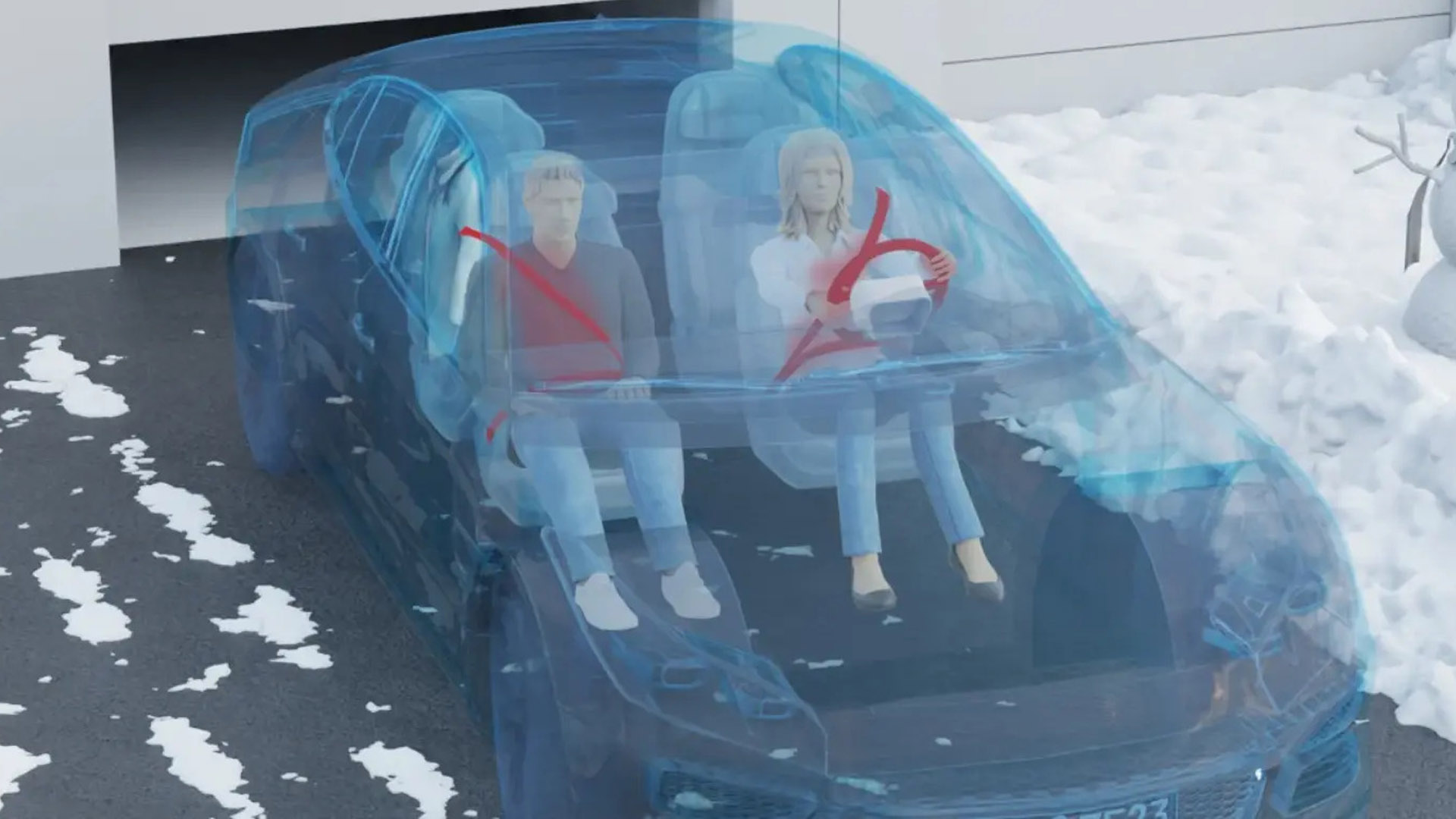

We all love our cars—mostly. But have you ever wanted it to give you a warm hug when it’s cold outside without being featured on an episode of My Strange Addiction? Parts supplier ZF sure hopes so, that’s why it designed a new heated seatbelt to keep you warm.
Coined the “heat-belt,” ZF’s newest invention provides both drivers and passengers with “all-around warming.” It sounds super cozy if you ask me. But, keeping you warm for the sake of comfort isn’t its only object. The heat-belt has a sneaky ulterior motive that might just help extend an EV’s driving range in cold weather.

The idea is simple: avoid the need to heat and maintain a higher temperature in the entire car by focusing locally on the passengers’ bodies instead. By quickly warming up the mid-section of vehicle occupants, ZF’s engineers believe that the passengers will avoid blasting the cabin heat, especially when paired with a heated steering wheel and heated seats. That means rather than using the in-car heater to rapidly condition a vehicle’s interior on a cold day, occupants are instead greeted with a nice warm heat-belt hug. How cute is that?
Inside the seatbelts are tiny elements called heating conductors. These conductors are woven through the protective strap similar to an electric blanket and are positioned in such a way that is transparent to the vehicle occupants, including overall thickness. This means that it feels just like the occupants are wearing any other seatbelt, except the heating function is switched on, of course.

Electric heat—even when used with a heat pump system—can be pretty inefficient at below-freezing temperatures. By locally heating the vehicle occupants, ZF believes that it can increase vehicle range by 15% by avoiding siphoning power to heat the entire cabin. And depending on the size of the vehicle, it could take a rather large amount of electricity that could be used to propel the vehicle instead.
Now, it’s not clear which automaker is going to be the pioneer of ZF’s new tech, which, despite being super cool (or, warm, rather) isn’t exactly a new idea. Mercedes-Benz has been working on this tech since at least 2019. ZF’s implementation, however, could help sell the idea to automakers about increasing the range of all their fancy new EVs that will soon hit the streets.
Got a tip or question for the author? Contact them directly: rob@thedrive.com